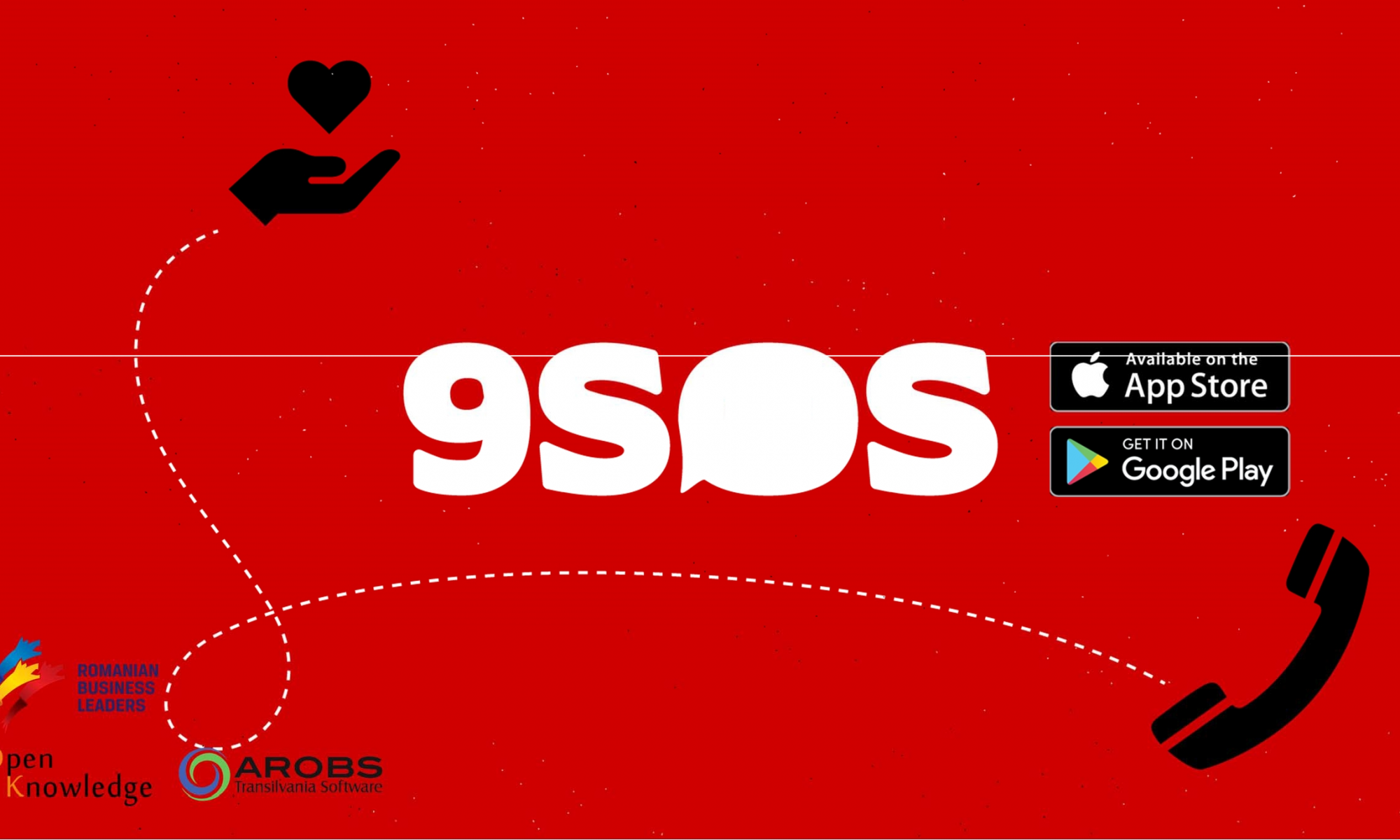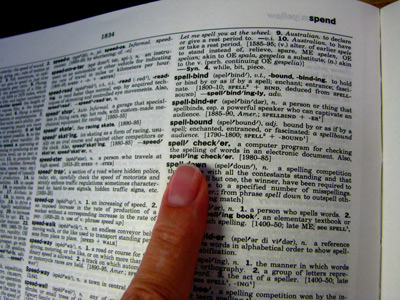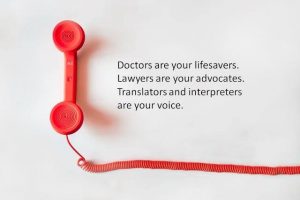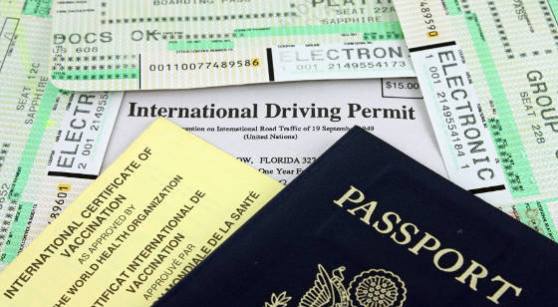R O M A N I A
THE GOVERNMENT OF ROMANIA
NATIONAL COMMITTEE FOR EMERGENCY SITUATIONS

DECISION no. 36 of 21.07.2020
on the ascertainment of the COVID-19 pandemic and the establishment of measures necessary to be applied for the protection of the population
Considering the declaration of the COVID-19 pandemic worldwide by the World Health Organization on 11.03.2020,
taking into account the proposals expressed by Decision no. 22 of 20.07.2020, of the Technical-Scientific Support Group on the management of highly contagious diseases in Romania,
in accordance with Art. 4 paragraph (1) letter c) and art. 81 of GEO. no. 21/2004 on the National Emergency Management System, with subsequent amendments and completions,
pursuant to the provisions of art. 4 and art. 11 paragraph (1) of Law no. 136/2020 establishing measures in the field of public health in situations of epidemiological and biological risk, of art. 20 letter l) of the Government Emergency Ordinance no. 21/2004 on the National Emergency Management System, approved with amendments and completions by Law no. 15/2005, with the subsequent amendments and completions, and of art. 2 and art. 4 of the Government Decision no. 94/2014 on the organization, functioning and constituents of the National Committee for Special Emergency Situations,
The National Committee for Emergency Situations adopts this
DECISION:
Art.1 The COVID-19 pandemic declared by the World Health Organization on 11.03.2020 is certified.
Art.2 (1) Starting with the date of the present decision, the quarantine measure is established for the persons arriving in Romania from the countries/areas of high epidemiological risk established on the basis of the criterion provided in paragraph 2.
- The criterion on the basis of which the countries/areas of high epidemiological risk are established is represented by the cumulative incidence rate of new cases of disease in the last 14 days per 100,000 inhabitants, which must be higher than the one recorded in Romania, in a similar period.
- Based on the criterion provided in paragraph (1), the National Institute of Public Health draws up the list of countries/areas for which the quarantine measure is established for the persons arriving in Romania from them.
- The list provided in paragraph (3) is updated/reviewed weekly, every Monday, by the National Institute of Public Health and is published on the website insp.gov.ro.
Art.3 The following categories of persons who do not show symptoms associated with COVID-19 are exempted from the measure established according to art. 2, in compliance with the legal provisions in force regarding the use of individual protective materials against COVID-19:
a) the persons who come to Romania from the areas/countries on the list drawn up according to the provisions of art. 2, paragraph (3) but who, before arriving in Romania, have spent a consecutive period of at least 14 days in one or more areas/countries for which this measure is not established;
b) drivers of freight vehicles with a maximum authorized capacity of more than 2.4 tons;
c) drivers of motor vehicles for the transport of persons with more than 9 seats, including the driver’s seat;
d) the drivers provided in letter b) and letter c) who move in the interest of pursuing their profession from their state of residence into another Member State of the European Union or from another state of the European Union into their state of residence, regardless of whether the movement is made by individual means or on their own account;
e) members of the European Parliament, parliamentarians and staff belonging to international institutions and the national system of defense, public order and national security, as well as representatives of Romania in international bodies and organizations to which the Romanian state is a party;
f) aircraft pilots and flight crew;
g) locomotive drivers and railway staff;
h) Romanian maritime and river navigating personnel repatriated by any means of transport, presenting to the competent authorities the “Certificate for International Transport Workers”, a model of which is published in the Official Journal of the European Union, series C, no. 96 I of March 24th, 2020;
i) sea and river navigating personnel carrying out the exchange of crew on board ships located in Romanian ports, regardless of the flag they fly, if at the entry into the country, as well as at the embarkation/disembarkation from the ship, they present to the competent authorities the “Certificate for International Transport Workers”, a model of which is published in the Official Journal of the European Union, series C, no. 96 I of March 24th, 2020;
j) navigating personnel disembarking from inland waterway vessels, flying the Romanian flag in a Romanian port, provided that the employers provide the Certificate for International Transport Workers and personal protective equipment against COVID-19, during the travel time from the ship to the location where this personnel can be contacted between voyages;
k) cross-border workers entering Romania from Hungary, Bulgaria, Serbia, Ukraine or the Republic of Moldova, as well as Romanian citizens employed by economic operators from the mentioned countries, who upon entering the country prove the contractual relations with the respective economic operators;
l) employees of the Romanian economic operators who perform works, according to the concluded contracts, outside the Romanian territory, upon their return to the country, if they prove the contractual relations with the beneficiary outside the national territory;
m) the representatives of the foreign companies that have subsidiaries/branches/representations or agencies on the national territory, if at the entrance on the Romanian territory they prove the contractual relations with the economic entities located on the national territory;
n) persons entering Romania for activities of use, installation, commissioning, maintenance, service of equipment and technology in the medical, scientific, economic, defense, public order and national security, transport fields, as well as persons carrying out professional activities specific in the mentioned fields, if they prove the contractual/collaboration relations with the beneficiary/beneficiaries on the Romanian territory, as well as the inspectors of the international bodies;
o) members of diplomatic missions, consular offices and other diplomatic missions accredited in Bucharest, holders of diplomatic passports, staff assimilated to diplomatic staff, as well as members of the Romanian Diplomatic and Consular Corps and holders of diplomatic and service passports, as well as members of their families;
p) employees of the national system of defense, public order and national security who return to Romania from missions carried out abroad;
q) pupils, students, Romanian citizens or citizens with domicile or residence outside Romania, who have to take entrance exams or final exams to complete their studies, who start their studies in educational units/institutions on the territory of the country or travel for activities related to the completion/organization of the beginning of their studies;
r) members of international sports delegations participating in sports competitions organized in Romania, in accordance with the law.
Art.4 The measure of quarantine of persons who have come into direct contact with infected persons is established, which is ordered for each individual person by decision of the Public Health Directorate competent in each area.
Art.5 (1) For special situations involving participation in family events related to birth, marriage or death, travel for medical interventions/treatments in cases that cannot be postponed (e.g. oncological diseases, chronic renal failure – in hemodialysis program), change of identity documents, leaving the country, etc., the temporary suspension of the quarantine measure provided in art. 2 and art. 4 may be analyzed, based on supporting documents.
(2)The analysis of the situations provided in paragraph (1) is carried out at the level of the county centers for coordination and management of the intervention and, the cases considered as justified, may be subject to the temporary suspension of the quarantine measure, by individual decision, issued by the Public Health Directorate.
(3)The suspension decision shall mandatorily mention the time period for which it applies and the measures to prevent the spread of the new SARS-CoV-2 coronavirus.
Art.6 It is proposed to complete the Government Decision no. 553/2020 on the extension of the alert status on the Romanian territory starting with 17.07.2020, as well as the establishment of measures to be applied during it to prevent and combat the effects of the COVID-19 pandemic, with measures regarding the possibility of establishing isolation and quarantine on persons or zonal quarantine.
Art.7 This decision is communicated to all components of the National Emergency Management System, for implementation by administrative orders and acts of their managers.
PRESIDENT OF THE NATIONAL EMERGENCY COMMITTEE
PRIME MINISTER
LUDOVIC ORBAN



















